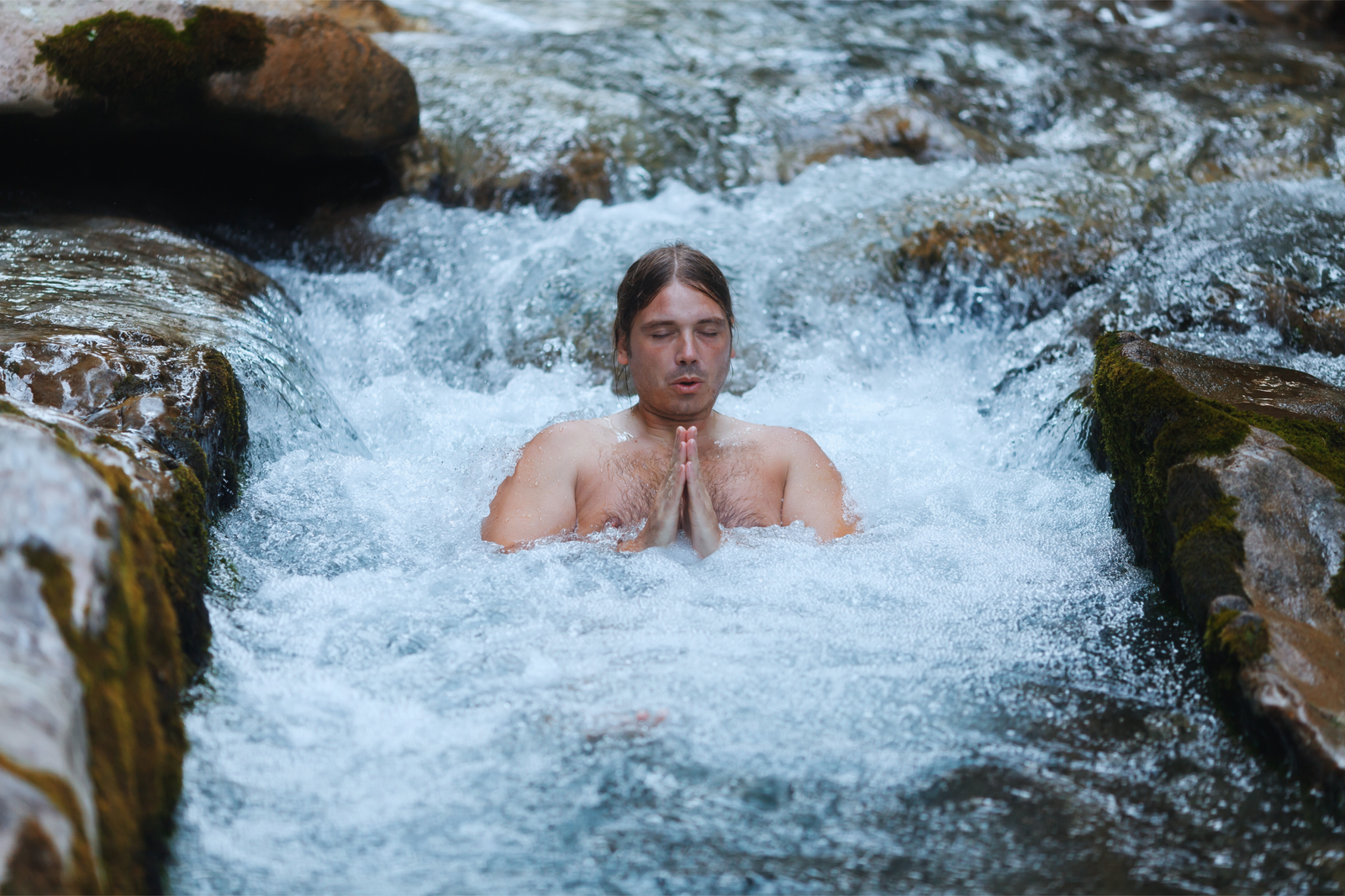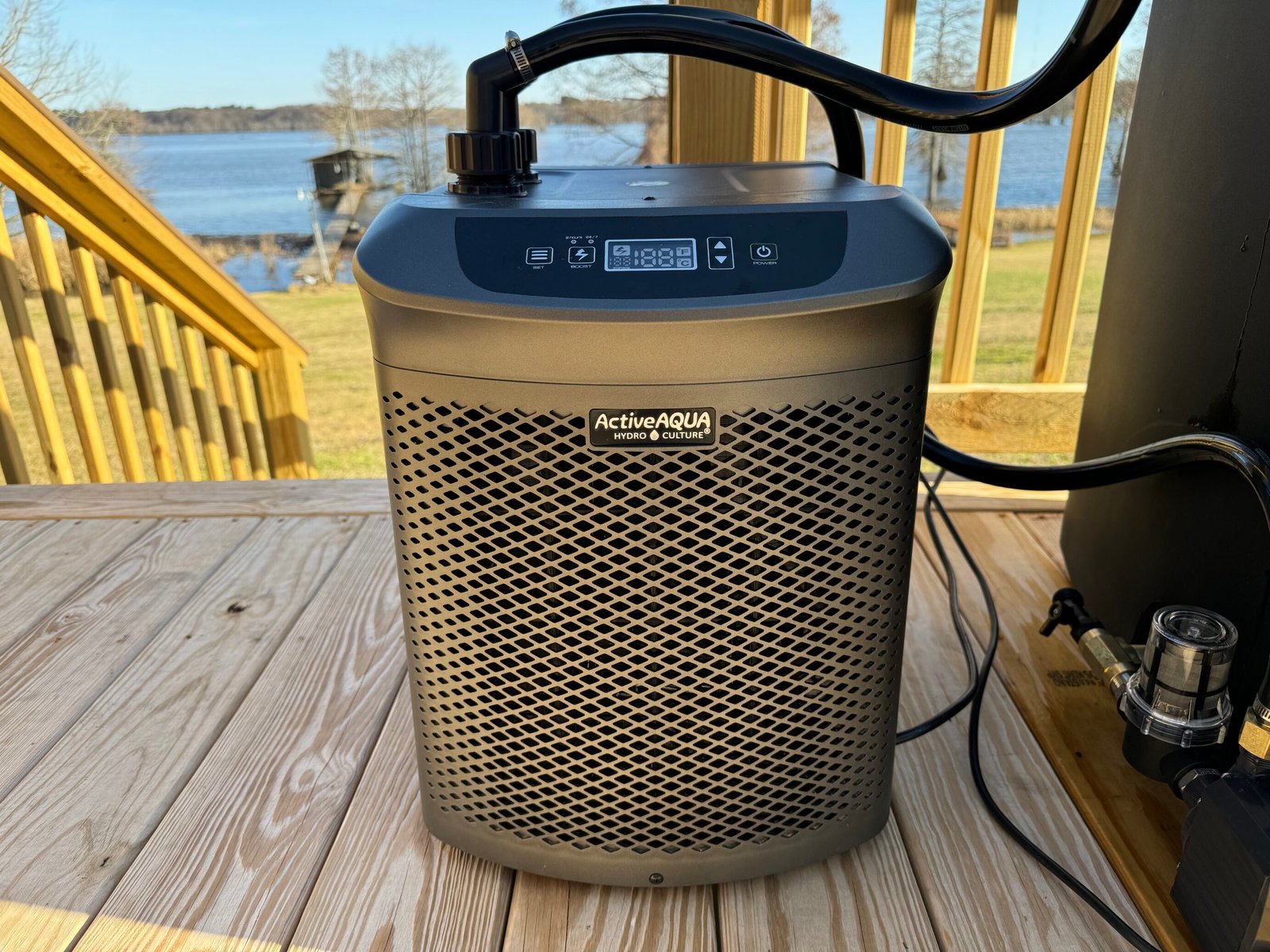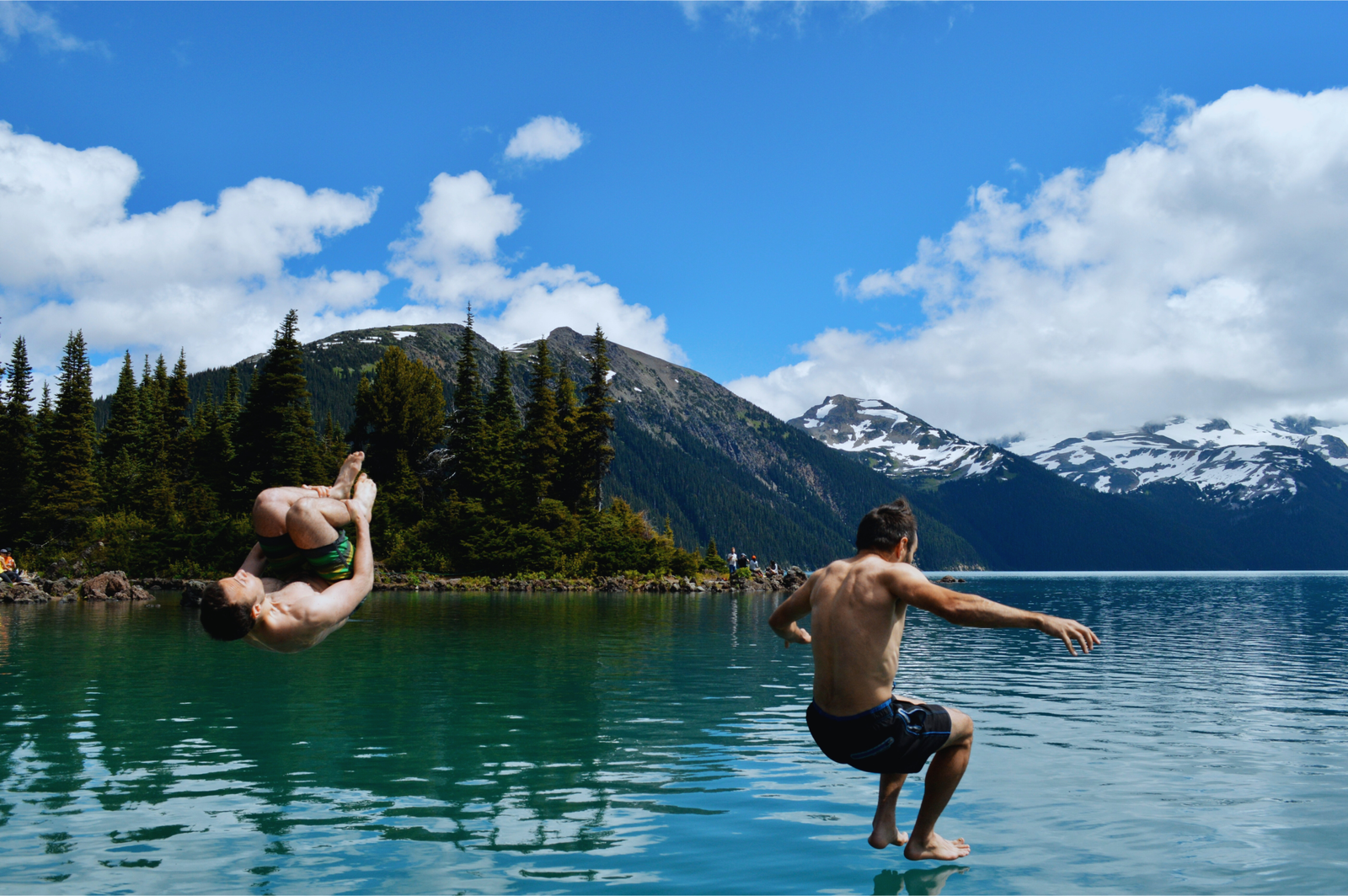The Perfect Ice Bath Temperature And Time

Ice baths—also known as cold water immersion therapy—are well-known for their ability to speed up recovery, reduce inflammation, and support mental health.
But how effective they are depends on a few key factors—especially ice bath temperature and time, as well as frequency and even the time of day. These variables should be adjusted based on your specific goals, whether that’s boosting endurance, improving recovery, supporting mental clarity, or healing an injury.
Your personal experience, tolerance to cold, and what you’re hoping to achieve all play a big role in finding the cold therapy routine that works best for you.
Regular Cold Therapy benefits
Physical Benefits:
Ice baths can reduce inflammation and muscle soreness, making it easier to recover after tough workouts. They help speed up recovery time and can lower pain caused by injuries or intense exercise.
Regular cold exposure may also reduce the risk of upper respiratory infections and improve insulin sensitivity, which supports better blood sugar control.
Mental and Emotional Benefits:
Cold therapy may help ease symptoms of depression while also building mental resilience and willpower. Many people also find it boosts their focus and mental clarity.
Biochemical Changes:
Ice baths lower stress hormones like cortisol and may strengthen your immune system by increasing white blood cells and T cells. They can also help regulate thyroid hormones and reduce oxidative stress in the body.
Long-Term Health Effects:
Over time, ice baths may support conditions related to inflammation and help with weight management by boosting metabolism. They also train your body to handle stress better, improving your overall stress response.
guidelines for specific goals
1. For Those Seeking to get all of the benefits listed above
- Duration: 11 minutes
- Temperature: Uncomfortably cold (most likely under 55°F (13°C))
- Frequency (per week): 2-4 short sessions up to 11 total minutes per week
- Time of Day: Any time you can
2. For those Seeking Faster Recovery after resistance training
- Duration: 5 minutes
- Temperature: Uncomfortably cold (most likely under 55°F (13°C))
- Frequency (per week): 2-4 sessions
- Time of Day: Immediately after your workout
- *Note: Some research has shown decreased muscular gains due to excessive cold water immersion. However, it’s still an effective method for those wanting to reduce post-exercise inflammation and are not concerned with hypertrophy, muscle, and strength gains.
3. For those seeking faster recovery after endurance exercise
- Duration: 5-15 minutes
- Temperature: Uncomfortably cold (most likely under 55°F (13°C))
- Frequency (per week): Up to 4 sessions per week would likely yield optimal results
- Time of Day: After your cardiovascular sessions (runs, bikes, swims).
- *Note: Endurance athletes looking to recover from soreness faster could benefit from this more than endurance athletes looking to encourage muscular gains. I would encourage endurance athletes to take an ice bath in peak season within 30 minutes after a tough race to recover faster, but not an ice bath after regular runs during the rest of the year. This will allow you to adapt to the stress and become stronger and faster.
4. For Those with Injuries Looking to Speed Up Recovery
- Duration: 5-15 minutes
- Temperature: Again, (most likely under 55°F (13°C))
- Frequency (per week): Up to 4 sessions per week would likely yield optimal results
- Time of Day: Any time you can
Practical Tips
Find Your Sweet Spot: Try different temperatures and times to see what works best for your body. Start warmer and shorter, then adjust as you build tolerance.
Stay Consistent: Ice bath benefits come from regular practice, not one-time sessions. Stick to your schedule for the best results.
Time It Right: Avoid ice baths within 2-3 hours of bedtime as the cold exposure can make falling asleep difficult.
Build Tolerance Gradually: If you’re new to ice baths, start at about 55°F and slowly decrease the temperature over several weeks as your body adapts.
Keep Challenging Yourself: As your body gets used to the cold, you’ll need to occasionally make your baths slightly colder or longer to continue seeing benefits.
Prioritize Safety: Never stay in an ice bath longer than 15 minutes, and always tell someone when you’re taking one.
Combine With Other Recovery Methods: Ice baths work best when paired with proper nutrition, stretching, and rest days as part of a complete recovery plan.
Important Considerations
Building Cold Tolerance:
Cold tolerance improves with time. Beginners might start with a higher temperature (e.g., 55°F) and gradually lower it over a few months as their body adapts. This gradual adaptation helps avoid shock and discomfort while still gaining benefits.
Avoiding Comfort Zones:
To continue reaping benefits, it’s important not to get too comfortable. Regularly challenging yourself with slightly colder temperatures or longer durations can prevent plateaus in progress.
Safety Precautions:
Never exceed 15 minutes in an ice bath to avoid risks like hypothermia. Always inform someone before starting an ice bath.
Complimentary Recovery Methods:
Ice baths should be part of a broader recovery plan, including stretching, active recovery, and proper nutrition, to maximize results and maintain overall health.
Conclusion
Ice baths can be a great tool when done right, helping with recovery, reducing inflammation, and building mental strength. The key is finding what works best for your goals. Whether you’re bouncing back from workouts, healing an injury, or just trying to feel better overall, you can adjust ice baths to fit your needs.
Start slow, stay consistent, and always listen to your body. It’s not about pushing through pain—it’s about creating the right kind of challenge. With the right balance, ice baths can be a powerful part of your routine.
What ice bath protocol works best for you? Leave a comment below!
FAQs
Medical Disclaimer
The information contained in this post is for informational and educational purposes only. It is not intended to provide medical advice or to take the place of such advice or treatment from a personal physician. All readers/viewers of this content are advised to consult their doctors or qualified health professionals regarding specific health questions or before embarking on any new health or wellness routine, including saunas and cold plunging. Neither the author(s) nor the publisher of this content take responsibility for possible health consequences of any person or persons reading or following the information in this educational content. All viewers of this content, especially those taking prescription or over-the-counter medications, should consult their physicians before beginning any cold plunging routine or other health or wellness program.








